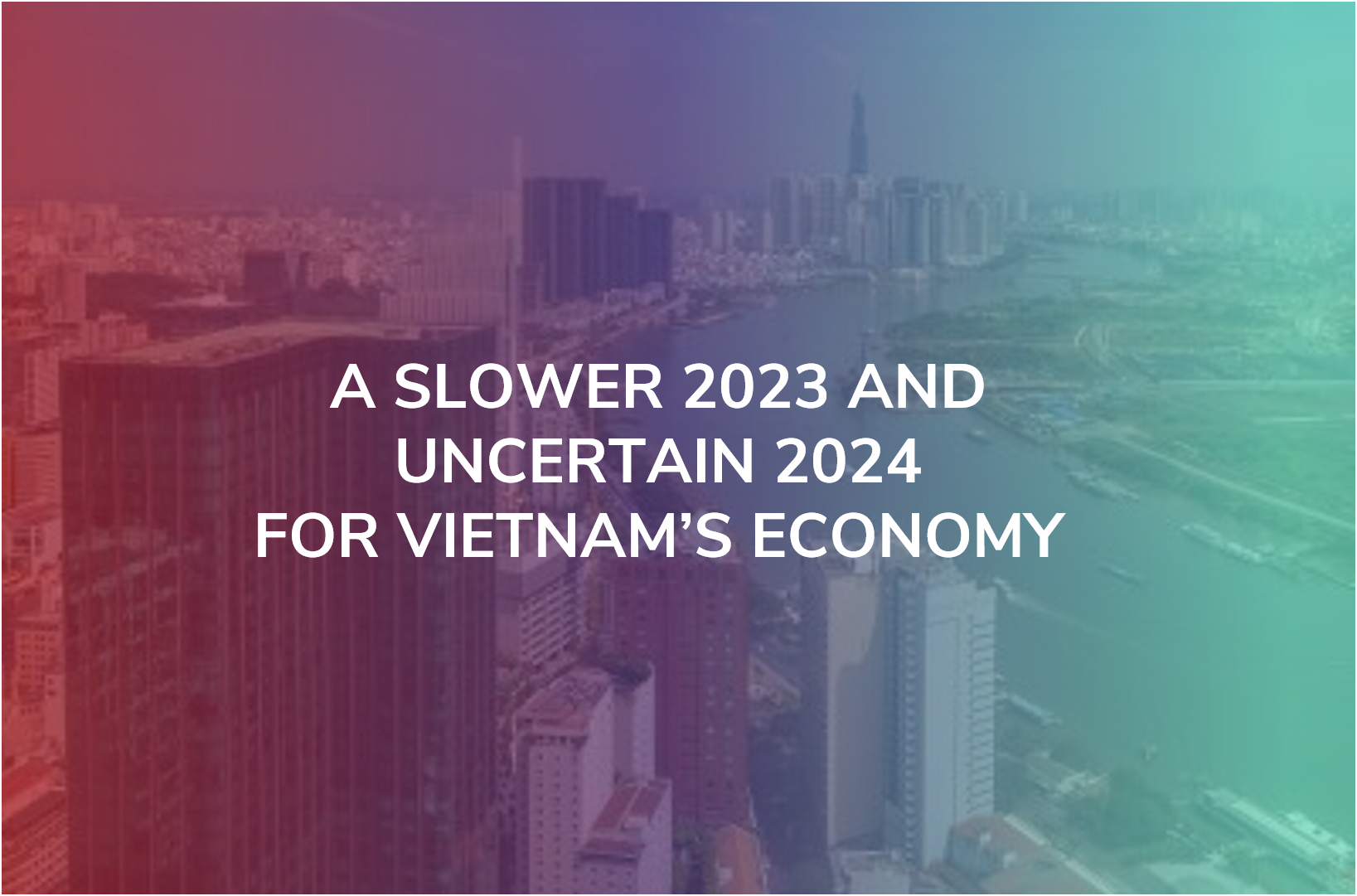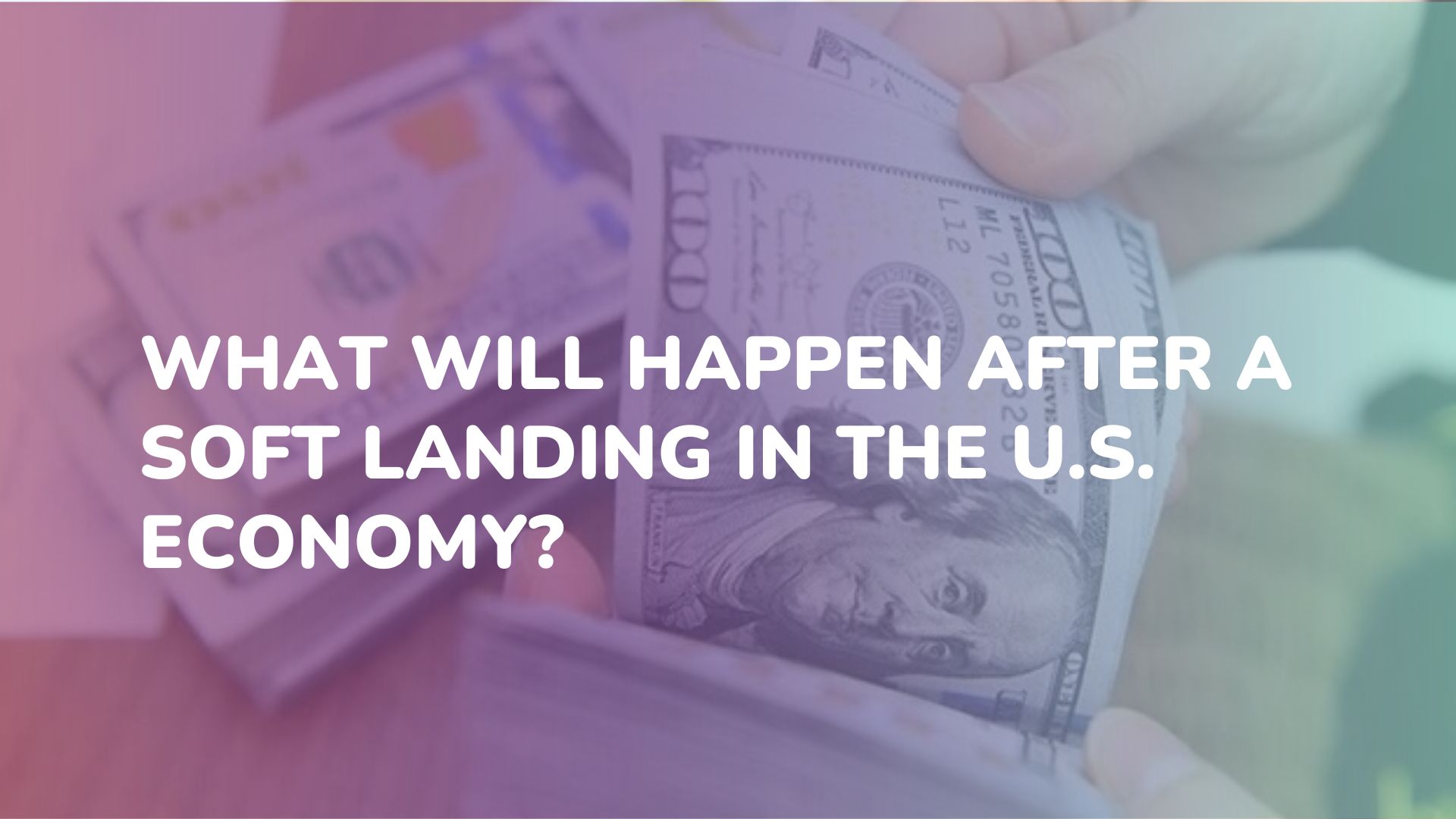A slower 2023 and uncertain 2024 for Vietnam’s economy
According to EastAsiaForum, 14 December 2023
Author:
David Dapice is a Senior Economist at the Ash Center for Democratic Governance and Innovation at the John F Kennedy School of Government, Harvard University.
After two frustrating years of COVID-induced economic slowdown, Vietnam bounced back in 2022 with a strong performance — its GDP grew more than 8 per cent. In 2023, the government hoped that a stronger Chinese and global economy would allow a continuation of export-led growth, including growth in tourism and related services. Projections, or hopes, were for 6 to 7 per cent GDP growth.

But both the world and China proved to have less demand for Vietnam’s exports than hoped. Now even Vietnam’s prime minister is suggesting growth of ‘around 5 per cent’, which is close to the 4.7 per cent estimated for 2023 by the International Monetary Fund. Exports fell 5.7 per cent in the first 11 months of 2023. For an economy where exports nearly equal GDP, this creates a major growth problem.
Through November 2023, tourism revenue increased 50 per cent, but this was not enough to offset the weakness in industrial output growth, which was only 1 per cent. While external factors significantly contribute to slower growth, the problems with electricity supply also contributed to the slow growth in foreign direct investment (FDI) realisations. These realisations only grew 2.9 per cent in dollar terms, probably a slight shrinkage in real terms.
The government did several things right. It managed to increase public investment by more than 20 per cent, providing better infrastructure and more demand. It kept inflation under control and the banking system sound, though problems in the real estate sector continued to weigh on investment, confidence and the liquidity of some exposed banks. Many real estate development companies had trouble repaying or refinancing their corporate bonds.
The visit of US President Joe Biden and the upgrading of US–Vietnam relations to a level equal to that with China encouraged ‘friend shoring’ of FDI and technology transfers. But the decision of Intel not to expand its already significant chip assembly and testing facilities suggests that though political skill is necessary, it is not sufficient to attract the higher-quality investments Vietnam wants. The government’s emphasis on computer chip production, while understandable, may result in slower progress in cybersecurity and artificial intelligence.
A bigger problem for both FDI and overall economic growth is the relatively weak state of the formal private sector and the lack of skilled labour needed to replace simple factory assembly jobs, which are migrating to countries with lower-cost labour. Intel decided not to expand in Vietnam due to a combination of concerns about stable electricity, excessive red tape and the skill levels of Vietnam’s university graduates. Losing the expansion of an incumbent and major firm will make it challenging for Vietnam to move further up the value chain to competitive chip manufacturing.
The energy problems were especially surprising because Vietnam Electricity, the state utility, had planned for 8 per cent annual demand growth, while actual electricity use since 2019 had grown only about half as much. There was excess generating capacity but shortages of coal, leading to over-use of hydroelectricity, maintenance issues and a lack of transmission capacity which culminated in electricity shortages.
While more transmission lines are planned, the hit to Vietnam’s reputation is reflected in the slow growth of realised FDI. More transmission capacity will allow increased use of renewable electricity from central Vietnam, where solar and wind resources are favourable. This could be important if fuel prices rise again due to shortages in Europe. With El Nino weather patterns threatening a drought in Southeast Asia, more renewable power would allow considerable hydroelectricity to be used when renewables are not producing. This would create a cleaner and more robust electricity system.
If Vietnam can improve its energy, training, and soft infrastructure, its GDP should be able to grow at least 6 per cent annually for the rest of this decade. For 2024, the government growth target is 6 to 6.5 per cent, which is similar to the Asian Development Bank’s July 2023 projection. While some projections are lower — Fitch has 5.5 per cent due to expected export weakness — the continued movement of some export production out of China should help Vietnam’s exports rebound.
But there may be significant headwinds should both the United States and European Union slipped into recession or very slow growth, or if China’s economy continues to depress consumer spending and tourism. In addition, labour force growth is slowing and surplus labour from rural areas is diminishing. Most of the growth will have to come from more capital per worker and increased productivity. This will depend on the growth of Vietnam’s formal, domestic private sector. Its share of GDP is only about 11 per cent, much lower than the 30 to 50 per cent in Thailand and China.
Overall, 2023 was a disappointing transition year for Vietnam. If the global economy recovers as central bank monetary policy stops tightening and gradually loosens, 2024 should be better.
Source: According to EastAsiaForum
Metta Marketing
We build strategy and execute it consistently










